Saunas and ice baths have been used for centuries as a means of relaxation and rejuvenation. At Heracles Wellness we are big advocates of the idea of using heat and cold therapy together. Contrast therapy, or the Nordic Cycle, has gained popularity in recent years due to the numerous health benefits it provides. When used together, saunas and ice baths can help improve blood circulation, boost the immune system, reduce stress, and more.
Contrast therapy involves exposing the body to extreme temperatures, which causes a response in the body that can lead to various health benefits. The heat from the sauna causes blood vessels to dilate, increasing blood flow and oxygenation throughout the body. On the other hand, the cold from the ice bath causes blood vessels to constrict, which can reduce inflammation and improve recovery. By alternating between hot and cold, the body is able to adapt and become stronger, leading to improved overall health.
Using a sauna and ice bath together can be a transformative experience for those looking to improve their health and wellbeing. While there are some safety considerations to keep in mind, the benefits of contrast therapy are undeniable. In the following sections, we will explore the science and history of contrast therapy, the health benefits of using a sauna and ice bath together, and how to safely transition from a sauna to an ice bath.
Key Takeaways
- Saunas and ice baths have been used for centuries for relaxation, recovery and rejuvenation.
- Contrast therapy involves exposing the body to extreme temperatures, leading to numerous health benefits.
- Using a sauna and ice bath together can improve blood circulation, boost the immune system, reduce stress, and more.
Understanding the Concept of Saunas and Ice Baths
Introducing the Sauna
Sauna is a Finnish word that refers to a small room designed to experience dry or wet heat sessions. In a traditional sauna, the temperature is usually between 70°C and 100°C, and the humidity is low. The heat causes the body to sweat, which helps to detoxify the body and improve circulation. Saunas have been used for centuries for relaxation and health benefits.
The Concept of Cold Plunge or Ice Bath
Cold plunge or ice bath is the practice of immersing oneself in cold water after exposure to high temperatures. It is believed to help reduce inflammation, improve circulation, and boost the immune system. The cold water causes the blood vessels to constrict, which reduces inflammation and swelling. The practice of cold plunging has been used for centuries in many cultures, including the Nordic countries, Russia, and Japan.
The Transition: From a Hot Sauna to a Cold Bath
The practice of alternating between hot and cold temperatures is known as contrast therapy. It involves exposing the body to hot and cold temperatures to improve circulation, reduce inflammation, and boost the immune system. The transition from a hot sauna to a cold bath involves exposing the body to extreme temperatures, which can be challenging for some people. However, the benefits of contrast therapy are numerous, and it is becoming increasingly popular around the world.
In summary, saunas and ice baths are two separate practices that can be used together to enhance their benefits. Saunas provide dry or wet heat sessions that help to detoxify the body and improve circulation. Ice baths or cold plunges, on the other hand, involve immersing oneself in cold water after exposure to high temperatures. The transition from a hot sauna to a cold bath is known as contrast therapy and is believed to improve circulation, reduce inflammation, and boost the immune system.
The Science and History of Contrast Therapy
The Principle Underlying Sauna and Cold Plunge
The principle underlying the use of saunas and cold plunges is contrast therapy. Contrast therapy involves alternating between hot and cold temperatures to stimulate blood flow and promote healing. The hot temperature causes vasodilation, which increases blood flow to the skin and muscles. The cold temperature causes vasoconstriction, which decreases blood flow to the skin and muscles. This alternating process helps to flush out toxins and increase the delivery of oxygen and nutrients to the muscles.
Tracing the History of Sauna and Ice Bath Use
Saunas have been used for centuries in Finland and other Nordic countries. The earliest known saunas were pits dug into the ground and covered with animal hides. Later, saunas were built above ground using wood and stones. The use of saunas spread to other parts of Europe and eventually to other parts of the world.
Ice baths, on the other hand, have been used for centuries in many cultures around the world. In ancient Rome, people would take cold baths after hot baths to stimulate blood flow and promote healing. In Japan, people would take cold baths after hot baths to promote relaxation and relieve muscle soreness.
From Sauna to Ice Bath: Global Adoption and Influence
The use of saunas and ice baths has spread around the world, with many cultures adopting these practices for their health benefits. In Finland, saunas are a way of life, with most homes having a sauna. In Russia, the banya is a traditional sauna that is often followed by a plunge into an ice-cold pool. In Japan, the onsen is a hot spring bath that is often followed by a dip in a cold pool.
Today, saunas and ice baths are used by athletes, fitness enthusiasts, and people seeking to improve their health and well-being. The science behind contrast therapy is well-documented, and many studies have shown the benefits of using saunas and ice baths together.
Exploring the Health Benefits of Using a Sauna and Ice Bath Together
Using a sauna and ice bath together can provide a range of health benefits. The following sub-sections explore some of the key benefits of this combination.
Burns Fat and Assists in Weight Loss
Using a sauna and ice bath together can help burn fat and support weight loss. The heat from the sauna increases heart rate, blood flow, and metabolism, which can lead to burning more calories. Cold exposure, such as an ice bath, can activate brown fat, which is a type of fat that burns calories to produce heat. This combination of hot and cold exposure can help boost metabolism and promote weight loss.
Improves Circulation and Boosts Immune Function
The heat from the sauna can improve circulation by dilating blood vessels, increasing blood flow, and delivering oxygen and nutrients to the muscles. Cold exposure, such as an ice bath, can constrict blood vessels, which can help reduce inflammation and muscle soreness. This combination of hot and cold exposure can improve overall circulation and boost immune function by increasing white blood cell production.
Reduces Stress and Elevates Mood
Using a sauna and ice bath together can help reduce stress and elevate mood. The heat from the sauna can help relax muscles and relieve tension, while cold exposure can help reduce pain and inflammation. This combination of hot and cold exposure can also increase the production of endorphins, which are natural mood-boosters.
Enhances Sleep Quality and Energy Levels
Using a sauna and ice bath together can enhance sleep quality and energy levels. The heat from the sauna can help relax the body and mind, which can promote better sleep. Cold exposure, such as an ice bath, can help reduce inflammation and muscle soreness, which can lead to better muscle recovery and improved energy levels. This combination of hot and cold exposure can also help regulate heart rate and blood pressure, which can contribute to overall wellbeing and resilience.
Overall, using a sauna and ice bath together can provide a range of health benefits, including improved circulation, reduced stress, and enhanced sleep quality. However, it is important to note that this combination may not be suitable for everyone, particularly those with high blood pressure or cardiovascular health issues. It is recommended to consult a healthcare professional before starting any new health regimen.
Transformer: Going from Hot to Cold
Using a combination of sauna and ice bath is an excellent way to boost your health. Going from hot to cold can be a transformative experience for your body and mind. This section will discuss the benefits of this transformation and how it can improve your overall well-being.
When you enter a sauna, your body temperature rises, and your blood vessels dilate, causing increased blood flow. This increase in blood flow can help to reduce inflammation and improve cardiovascular health. After spending some time in the heat, you can then move to the cold plunge pool. The sudden change in temperature causes your blood vessels to constrict, which can help to reduce inflammation and improve circulation.
The transformation from hot to cold can also help to improve your immune function. Studies have shown that regular exposure to hot and cold temperatures can increase the number of white blood cells in your body, which can help to fight off infections and diseases.
In addition to physical benefits, the transformation from hot to cold can also help to reduce stress and boost your mood. The heat from the sauna can help to relax your muscles and reduce tension, while the cold water can help to invigorate your body and mind. This combination can leave you feeling refreshed and rejuvenated.
Overall, the transformation from hot to cold is an excellent way to boost your health and well-being. By using a combination of sauna and ice bath, you can improve your cardiovascular health, reduce inflammation, improve immune function, and reduce stress.
How to Safely Transition From a Sauna to an Ice Bath
Precautions to Take During a Sauna and Cold Plunge Session
Before transitioning from a sauna to an ice bath, there are a few precautions to take to ensure a safe and enjoyable experience. Firstly, it is important to stay hydrated throughout the session. Drinking water before and after the sauna and ice bath can help prevent dehydration, which can lead to dizziness and other complications.
It is also important to listen to your body and take breaks when necessary. If you start to feel lightheaded or uncomfortable, exit the sauna or ice bath immediately. Additionally, individuals with pre-existing health conditions, such as heart disease or low blood pressure, should consult with a doctor before attempting a sauna and ice bath session.
Tips for Your First Sauna and Ice Bath Experience
For beginners, transitioning from a sauna to an ice bath can be intimidating. However, with proper preparation and technique, it can be a safe and enjoyable experience. Here are a few tips for your first sauna and ice bath session:
- Start with a shorter sauna session and gradually increase the time as your body adapts.
- When transitioning to the ice bath, start with a shorter dip and gradually increase the time as your body adapts.
- Focus on your breathing during the ice bath to help manage the shock of the cold water.
- Use caution when entering and exiting the ice bath, as the surface may be slippery.
- After the session, take time to warm up slowly and avoid sudden movements or activities.
By taking these precautions and following these tips, individuals can safely transition from a sauna to an ice bath and reap the many benefits of contrast therapy.
How Long Should You Stay in a Sauna and Ice Bath?
Sauna Session Duration: Finding Your Comfort Zone
The duration of a sauna session depends on several factors, including the individual's age, health condition, and tolerance level. According to the American College of Sports Medicine, beginners should start with a 10-15 minute session and gradually increase their time to 20-30 minutes as they become accustomed to the heat. However, it's essential to listen to your body and stop the session if you feel lightheaded, dizzy, or uncomfortable.
It's also important to stay hydrated during a sauna session. Drinking water before and after the session can help maintain fluid balance, prevent dehydration, and reduce the risk of heat-related illnesses.
Ice Bath Timing: What's the Ideal Duration?
Ice baths are typically shorter than sauna sessions, lasting between 1-5 minutes. However, the ideal duration depends on several factors, including the individual's age, health condition, and tolerance level.
According to a study published in the Journal of Science and Medicine in Sport, a 3-minute ice bath after exercise can help reduce muscle soreness and inflammation. However, longer ice baths (10-15 minutes) can be detrimental to muscle recovery and adaptation.
Listening to Your Body: Adjusting Session Lengths
Ultimately, the ideal duration for a sauna or ice bath session depends on the individual's comfort level and tolerance. It's essential to listen to your body and adjust the session length accordingly.
For example, if you feel lightheaded or dizzy during a sauna session, it's best to stop the session and cool down. Similarly, if you experience excessive shivering or discomfort during an ice bath, it's best to end the session and warm up.
In summary, the duration of a sauna or ice bath session depends on several factors, including the individual's age, health condition, and tolerance level. Beginners should start with shorter sessions and gradually increase their time as they become accustomed to the heat or cold. It's also important to listen to your body and adjust the session length accordingly.
Final Thoughts: The Future of Using Saunas and Ice Baths
The use of saunas and ice baths together has gained popularity among athletes and health enthusiasts due to their numerous benefits. As more research is conducted, it is likely that the use of these two therapies will become even more widespread.
One area of future research is the potential benefits of using saunas and ice baths for mental health. Studies have shown that both therapies can have a positive impact on mood and stress levels, and further research could explore their potential for treating conditions such as depression and anxiety.
Another area for future research is the optimal timing and duration of sauna and ice bath sessions. While some studies have suggested specific timings and durations, more research is needed to determine the most effective protocols for different populations and goals.
As the popularity of saunas and ice baths continues to grow, it is important to remember that they are not a one-size-fits-all solution. Individuals should consult with their healthcare provider before incorporating these therapies into their routine, particularly if they have underlying health conditions.
Overall, the future of using saunas and ice baths together looks promising, with potential benefits for both physical and mental health. As more research is conducted and protocols are refined, these therapies may become even more valuable tools for improving overall health and wellbeing.
Unveiling Common Misconceptions: Sauna and Ice Bath FAQs
Q: Do I Have to Take a Cold Shower Instead of an Ice Bath After a Sauna Session?
A: Contrary to popular belief, taking a cold shower after a sauna session is not necessary. While a cold shower can provide some of the same benefits as an ice bath, such as reducing inflammation and increasing circulation, it is not as effective as an ice bath. If you have access to an ice bath, it is recommended to take one after your sauna session. However, if you do not have access to an ice bath, a cold shower is a good alternative.
Q: Can I Do Stretching Exercises Before an Ice Bath?
A: Stretching exercises before an ice bath are not recommended. Stretching can increase blood flow to the muscles, which can make the ice bath less effective. It is best to do stretching exercises after the ice bath when the muscles are warm and pliable. This will help to increase flexibility and reduce the risk of injury.
Q: How Many Ice Baths Should You Take in a Week?
A: The number of ice baths you should take in a week depends on your individual needs and goals. If you are using ice baths for recovery after intense exercise or to reduce inflammation, it is recommended to take one or two ice baths per week. However, if you are using ice baths for general health and wellness, you can take up to three ice baths per week. It is important to listen to your body and not overdo it, as too many ice baths can lead to overexposure and potential health risks.
Overall, it is important to understand the facts and dispel common misconceptions about sauna and ice bath use. By following proper techniques and guidelines, individuals can safely and effectively incorporate these practices into their health and wellness routine.
Q: What are the benefits of using infrared sauna and cold plunge together?
A: Combining sauna use, particularly infrared sauna, with a cold plunge routine can result in numerous health benefits. These can include boosting the body’s immune response, improving cardiovascular health, increasing circulation, and leading to greater athletic recovery. The heat and cold exposure can also stimulate the production of cold shock proteins, which have significant benefits for cellular repair and longevity.
Q: How does moving from a hot sauna to cold water affect the body?
A: The practice of going from a sauna, especially a hot one, to cold water, affects the body’s core temperature dramatically. This swift change from heat to cold can lead to improved blood circulation, enhanced immune response, the release of endorphins, and potential weight loss. The cold water exposure activates the body's thermoregulatory pathways ensuring overall wellbeing.
Q: What is the history of combining sauna session with cold plunge?
A: The tradition of sauna followed by a cold plunge has its origins in Scandinavian countries like Finland, where after a sauna visit, it's common to either roll in the snow or take a cold bath. This is believed to enhance the immune system, improve mood and reduce tension.
Q: What does a typical sauna to cold plunge routine look like?
A: A regular sauna to cold plunge routine will often involve spending time in an infrared sauna, allowing your core body temperature to rise. Following this, you might bathe in cold water or even take an ice bath. This routine can be repeated multiple times, depending on preference and tolerance.
Q: Is it safe to jump into an ice bath after the sauna?
A: Yes, it is generally safe to use cold water, such as jumping into an ice bath after the sauna, as long as certain precautions are taken. This includes not staying in the hot sauna or ice water for too long, and ensuring to hydrate properly. It's always advised to listen to one's body and respond to any warning signs promptly.
Q: How does the use of infrared sauna compare to a hot tub or sauna session?
A: In comparison to traditional saunas or hot tubs, infrared saunas use a different method to alter the body’s core temperature. Infrared light directly heats the body instead of the air around you, creating a more intense and potentially beneficial experience. The combination of this with a cold plunge can significantly augment the salutary effects.
Q: Does sauna bathing followed by cold water immersion aid in recovery post-exercise?
A: Yes, indeed. Sauna bathing followed by cold water immersion can significantly aid in post-exercise recovery. The heat promotes muscle relaxation while the cold helps reduce inflammation, which aids in faster recuperation.
Q: Can regular sauna visits and cold baths enhance mental health?
A: There is strong evidence to suggest that regular sauna visits followed by cold baths or cold water exposure can boost mood and alleviate symptoms of conditions like depression and anxiety. This is primarily due to the endorphins, or "feel good" chemicals, that are released through heat and cold exposure.
Q: How soon should I immerse in cold water after a sauna session?
A: It's generally advised to let your body cool a bit after a sauna session before plunging into cold water. This doesn't mean you should let your body completely cool down, just reach a point where it's not too hot. This prevents extreme shock to the system and makes the transition from sauna to cold bath more effective and beneficial.
Q: What precautions should I take while combining sauna and ice bathing?
A: It's essential to stay hydrated and not to exceed your body’s tolerance for heat or cold. You should always listen to your body and stop the session if you feel faint or dizzy. If you have any pre-existing medical conditions, it is recommended to consult with your doctor before starting a regular sauna and ice bath regime.


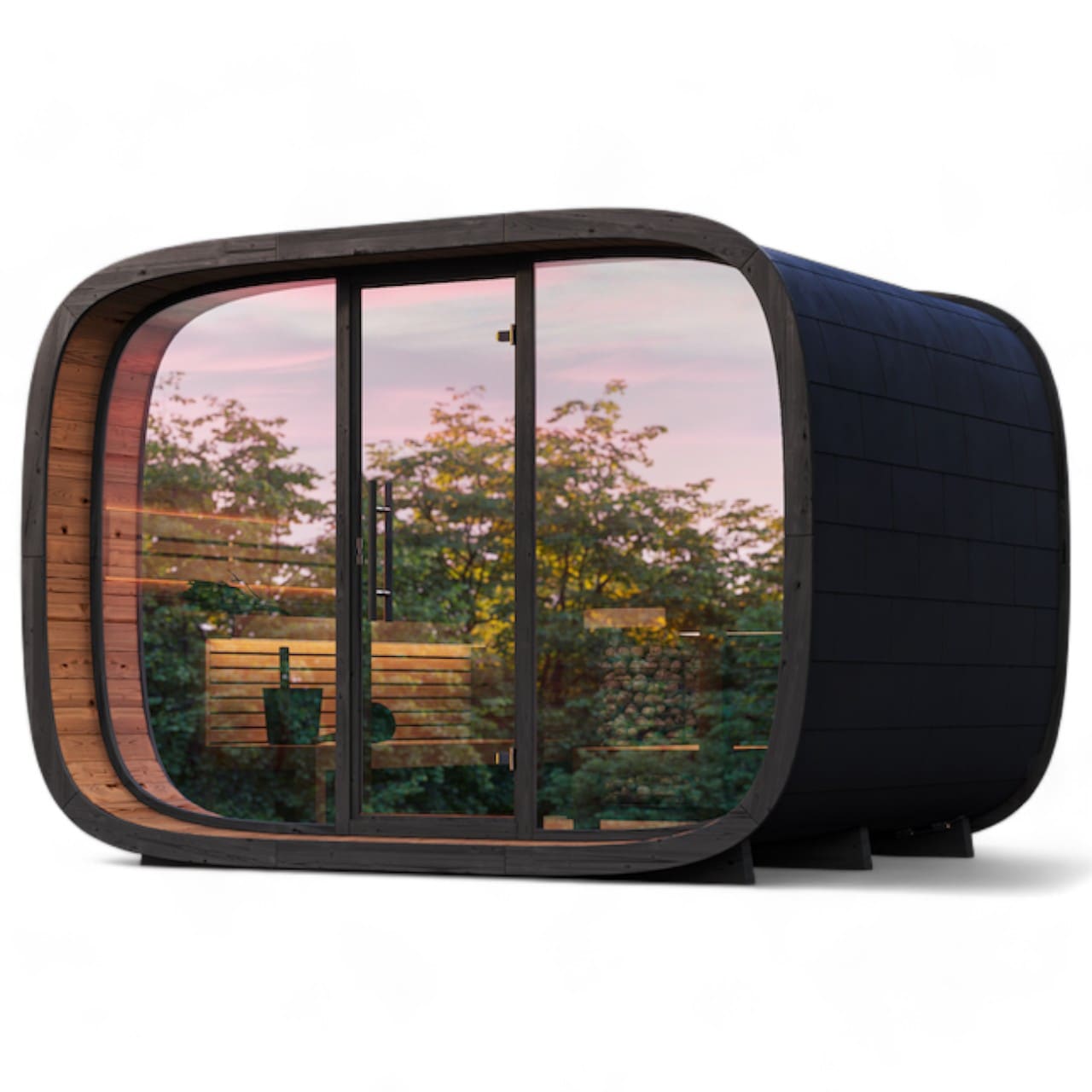


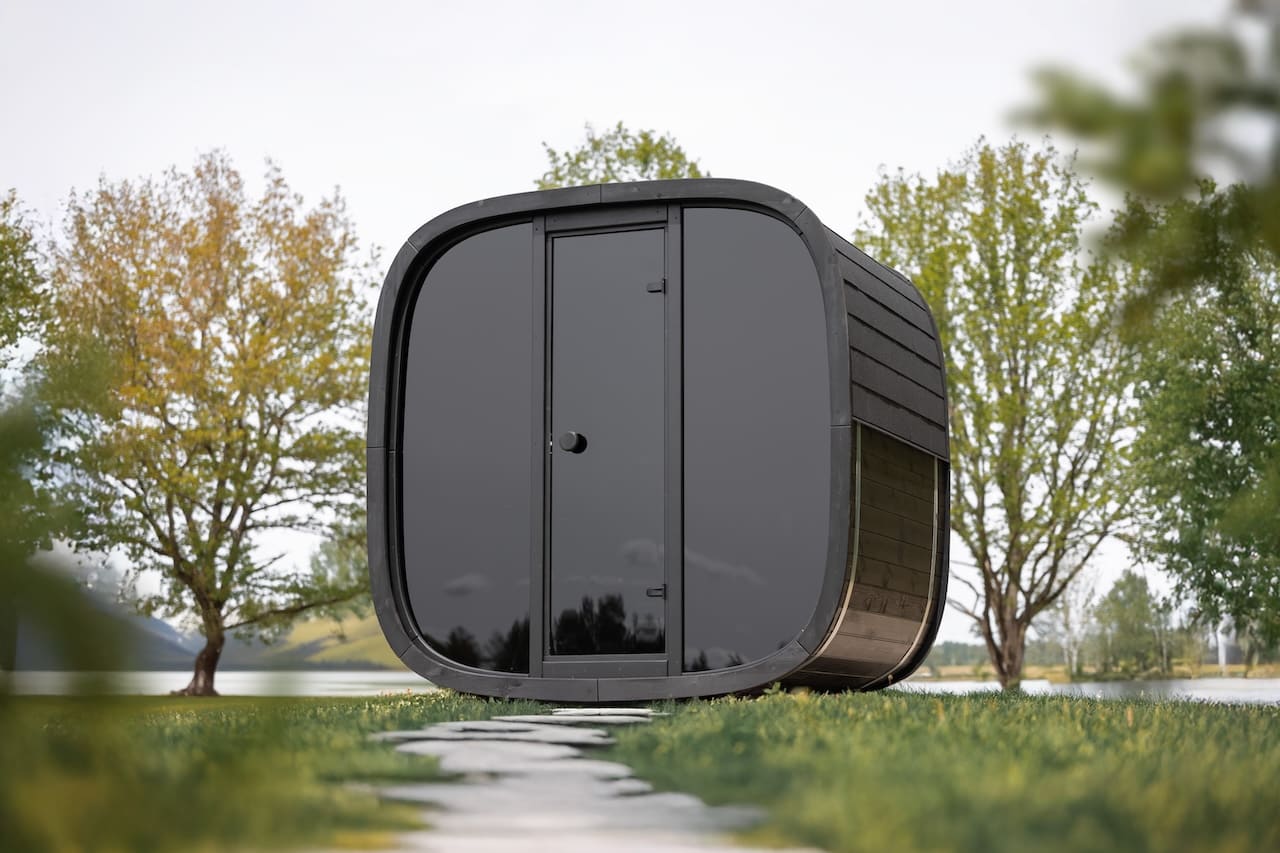
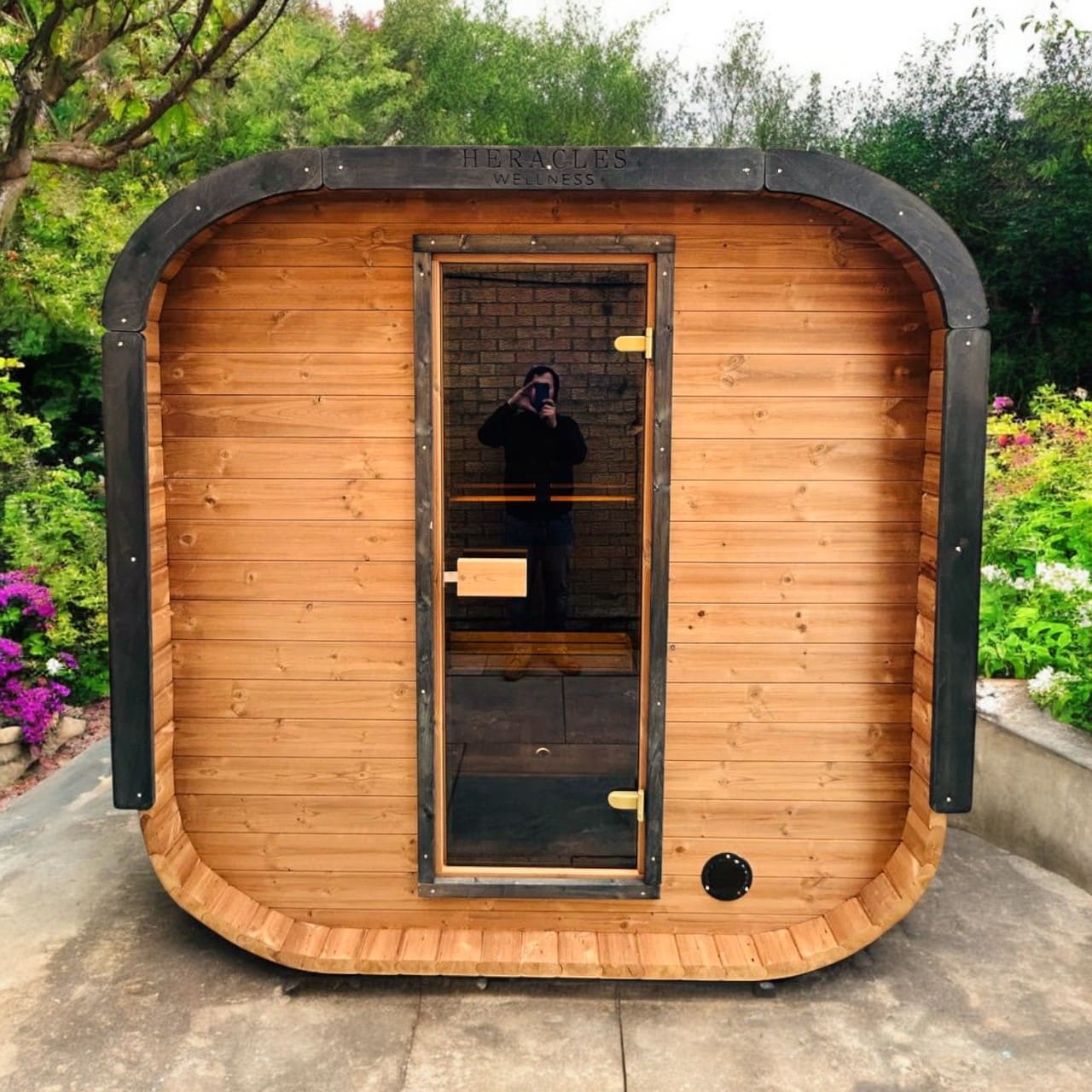
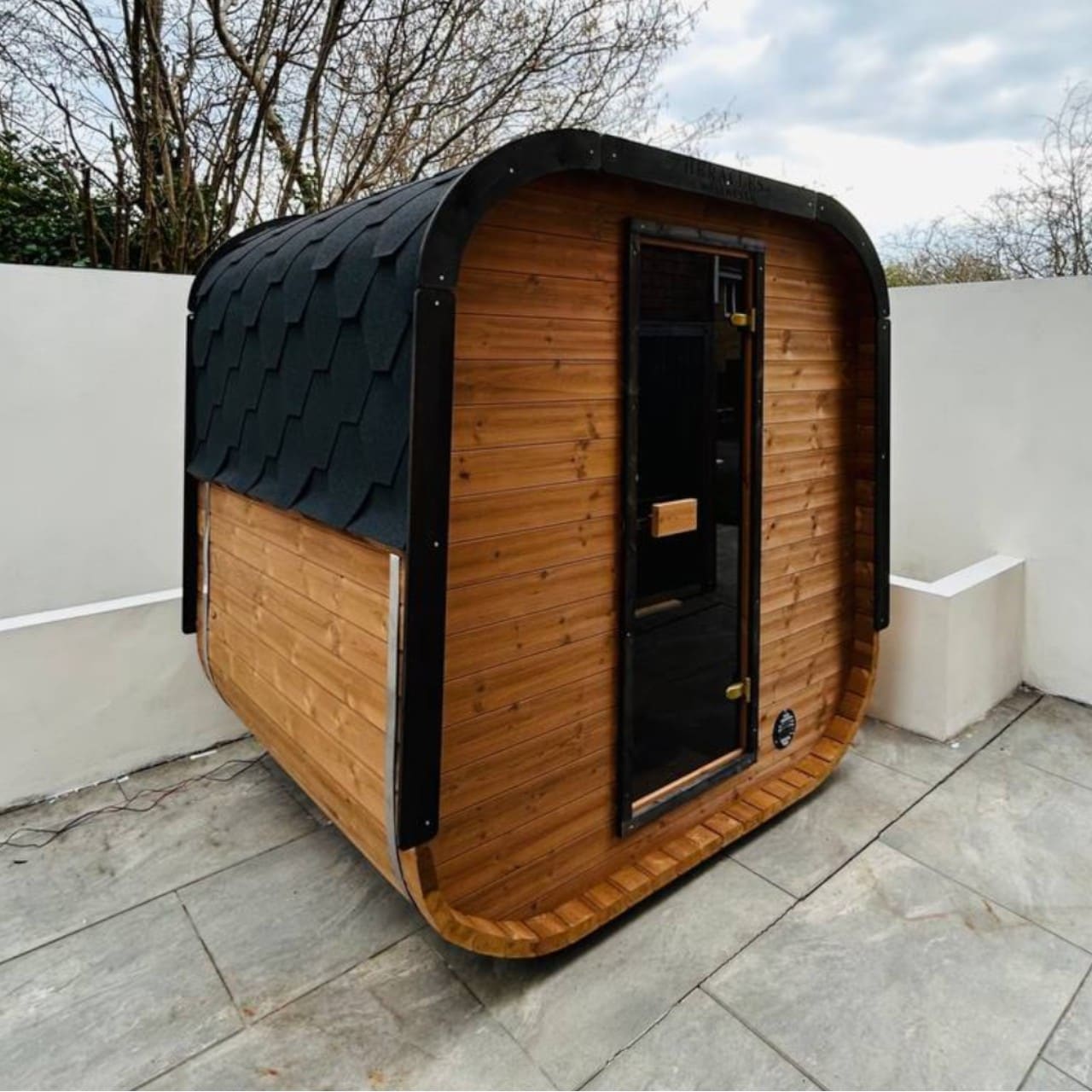
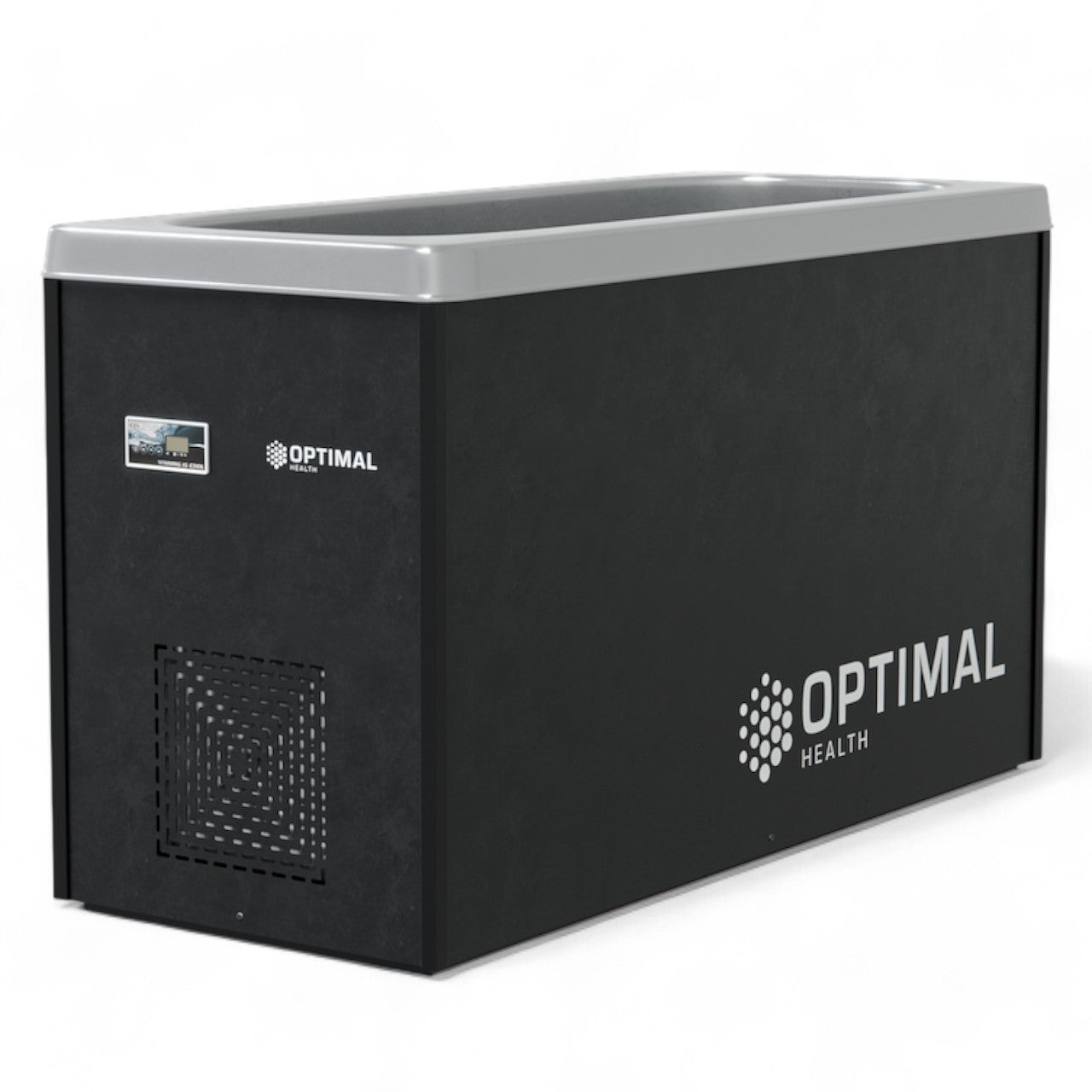






Leave a comment